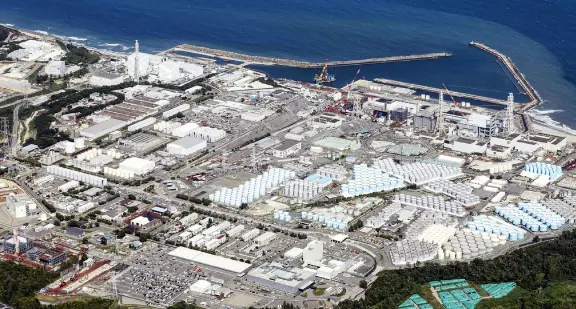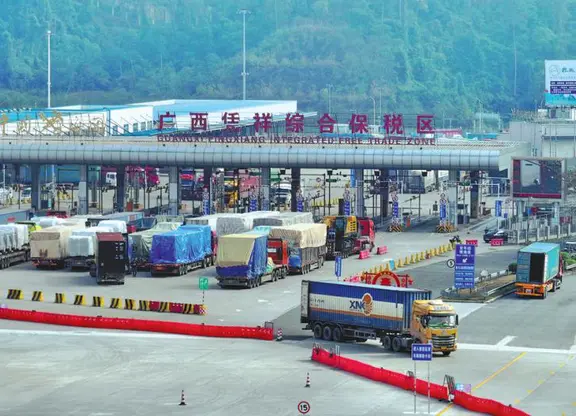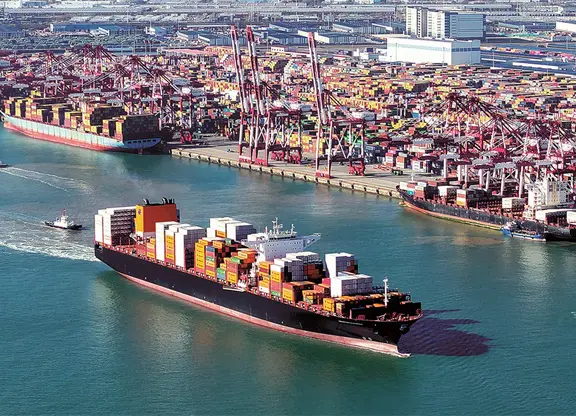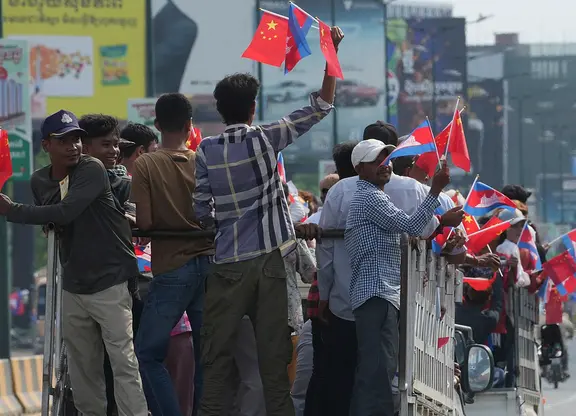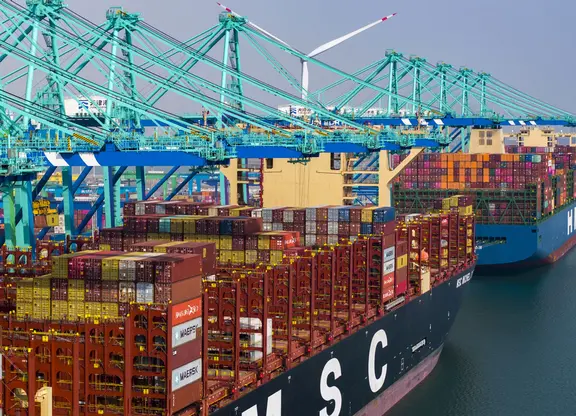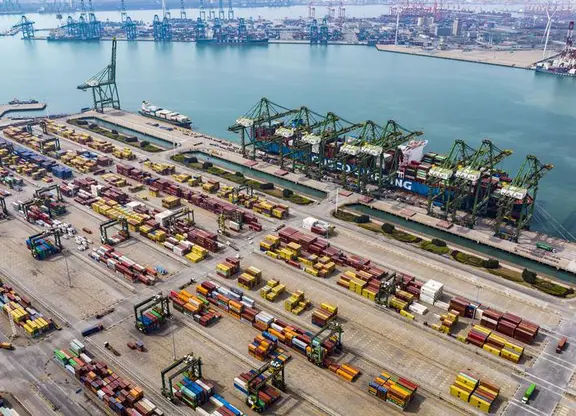By APD writer Melo M. Acuna
**MANILA, Oct.17 (APD) -- **The Washington-based World Bank said despite decline in extreme poverty, broader measures show billions still struggle to meet basic needs.
In a statement released at 4:01 GMT or 21:01 P.M. in Manila, the World Bank said economic advances around the world mean while fewer people live in extreme poverty, about half of the world’s population or 3.4 billion people “still struggles to meet basic needs.”
World Bank said living on less than US 3.20 per day reflects poverty lines in lower-middle-income countries, while US 5.50 a day reflects standards in upper-middle-income countries. This was the statement in its biennial Poverty and Shared Prosperity Report entitled “Piecing Together the Poverty Puzzle.”
In the same statement, the World bank said it remains committed to achieving the goal of ending extreme poverty, defined as living on less than US$ 1.90 a day by 2030. The multilateral institution said the share of the world’s population living in extreme poverty fell to 10 percent in 2015, but the pace of extreme poverty reduction has slowed as mentioned last September 19 this year.
“Ending extreme poverty by 2030 and boosting shared prosperity are our goals, and we remain committed to them,” World Bank Group President Jim Yong Kim said. He added they can take a broader view of poverty in different levels and dimensions around the world.
“This view reveals that poverty is more widespread and entrenched, underlining the importance of investing in people,” he added.
The report went beyond monetary measures of poverty to understand how access to adequate water and sanitation, education, or electricity affect a family’s well-being. The statement disclosed the burdens of poverty that fall heavily on women and children, and the same report analyzes how poverty can vary within a household.
In the East Asia and Pacific, the World Bank said the region was one of the best performers in shared prosperity as the incomes of the poorest 40 percent of the population grew on average 4.7 percent between 2010 and 2015.
“East Asia not only had the largest reductions in extreme poverty, but also in the proportion of people living on less than US 3.20 and US 5.50 per day and while extreme poverty is very low, the region saw a higher percentage of people lacking access to sanitation,” the statement said.
(ASIA PACIFIC DAILY)
 简体中文
简体中文


